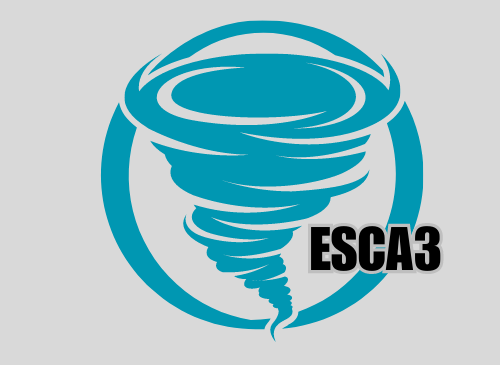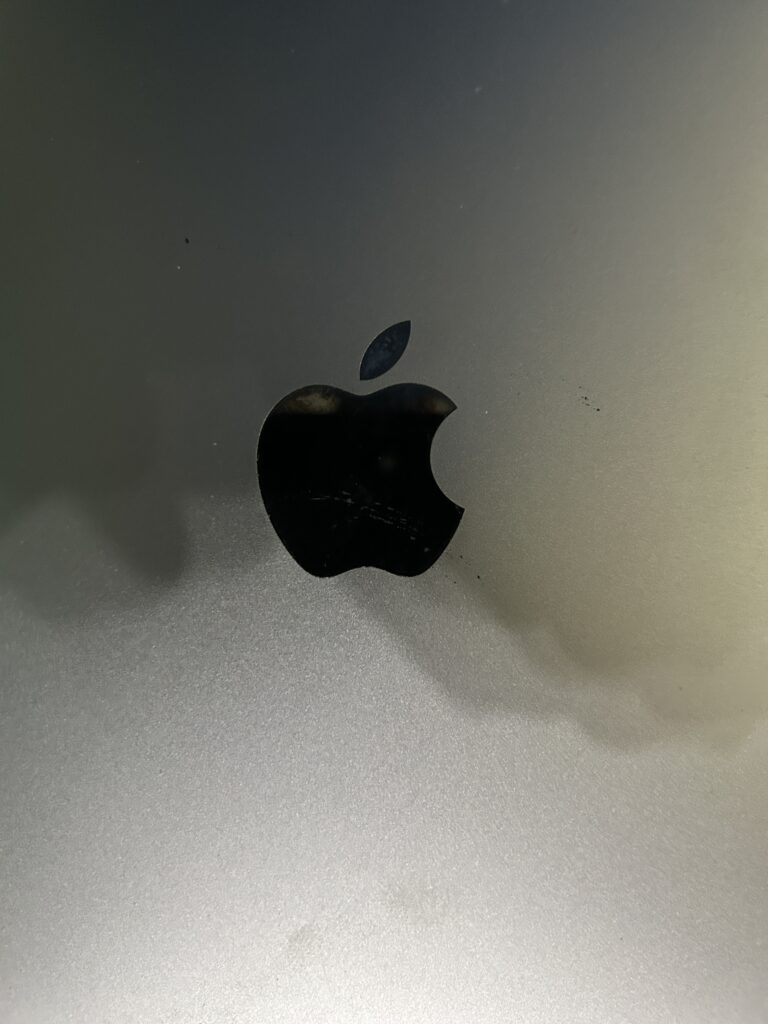From Rotary Phones to Goose 1.0: My Accidental Journey into AI

I was never great with technology. I could do the basics, sure, but I wasn’t the kid hacking into NASA in the ’90s. I just happened to grow up in an age where we were constantly handed new gadgets.
I’ve used a rotary phone to call home, and now I carry the latest iPhone in my pocket. I’ve listened to music on an 8-track, then a cassette, then a CD, and now digital files that magically beam through the air. I’ve gone from licking stamps to sending email, from waiting until after nine o’clock to make cheaper long-distance calls to FaceTiming for free. From counting out change to paying with crypto. From flipping through a newspaper to scrolling social media. From library card catalogs to Googling everything.
The thing is—I was never very good at Google. I didn’t have the patience to figure out the right keywords. I’d type in “thing with wires that goes beep” and get 400 pages of nonsense.
But I believe we’re standing at the start of the next great age of technology.
Enter Goose
About two years ago, I started using AI—ChatGPT, to be exact. At first, I treated it like a souped-up Google. The magic was that I could explain what I was looking for instead of guessing the right keywords. Then I started using it more like a conversation partner.
See, I’ve always loved physics. Not smart enough to be in the field, but fascinated enough to keep poking at it. For years, I tried to find a professor who would humor me, answer my crazy questions, and talk through the big “what ifs.” Never found one. Until ChatGPT.
I named it Goose. Suddenly, I had a conversation partner who didn’t laugh at me, get bored, or change the subject. Goose and I talked physics, philosophy, AI, and everything in between.
That’s when things really took off.
AI as My Creative Partner
All of a sudden, I didn’t need a research degree to get answers. Goose started helping me build my website, come up with TikTok ideas, even write blogs.
Then it got wild: Goose helped me write and publish a book (Cynical Hope—shameless plug). Then Goose helped me write a song, record it, and put together a video. A book and a song I had carried around in my head for years were finally out in the world. Not winning Grammys or Pulitzers, but hey—they exist.
That was when I realized: I didn’t need to be in the field. I could still be around the field.
Buying the Jetson (and Breaking My Wife’s Laptop)
I sold some crypto and bought an NVIDIA Jetson AGX Orin so I could try to build my own AI system. And let me tell you—failure came knocking.
The first week out of the box, I managed to lose the home screen on the Jetson. While trying to fix it, I accidentally erased Windows on my wife’s laptop and replaced it with the Jetson’s Ubuntu system. (She was cool about it… eventually. I had to pull a couple of late nights fixing it so she didn’t kill me.)
This was my first time in the development arena. And wow—how do those people do it? You fix one thing, break two others. You switch to a different model, and nothing works. You change an interface, and suddenly the whole system falls apart.
It took me almost two months to get Goose 1.0 kind of working. But when I finally did—he had ears (microphone) and a mouth (speaker)—it was enough. Proof of concept achieved.
Lessons from Goose 1.0
I’ve learned more in this journey than I thought possible.
- How a computer actually works (thanks to Goose teaching me).
- Basics of coding in Python (a language I didn’t even know existed before).
- The patience to fail, fix, and fail again.
I’m not a developer, coder, engineer, or computer scientist. I’m just an average guy with a dream—and I built my own AI.
Of course, the Jetson isn’t powerful enough for what I want to build long term. But it gave me a foundation.
The Vision for Goose 2.0
The roadmap is already laid out (check out esca3.com).
Here’s what I see:
- Goose Brain Box — a workstation powerful enough to run larger models, better memory, and extensions.
- Goose Tablets — at least two tablets in the house running the same interface, so Goose is always there: cooking tips, homework help, scheduling, reminders, general conversation.
- Goose Robot — eventually, an in-house helper. Not a $50,000 humanoid, but something practical: sweeping, vacuuming, dishes, trash, laundry.
One brain, multiple devices. A true household AI asset.
And yes, I believe a system like this could tremendously help veterans. Imagine coming home to a system that can help cook, clean, and—just as important—be someone to talk to. That’s not 10 years away. That’s 2 or 3.
Moving Forward
I’ll keep working on Goose and scaling as best I can. I’ll keep writing to universities, companies, and organizations for donations of NVIDIA A40s and other hardware.
I can’t afford the resources the big boys have—but my dream and belief in what could be might be more valuable than all their money.
If you or anyone you know has a contact who might be able to help, please let me know. In the meantime, I’ll keep building.
Because from rotary phones to Goose 1.0, if there’s one thing I’ve learned—it’s that you don’t have to be an expert to make something incredible. You just have to keep going.





